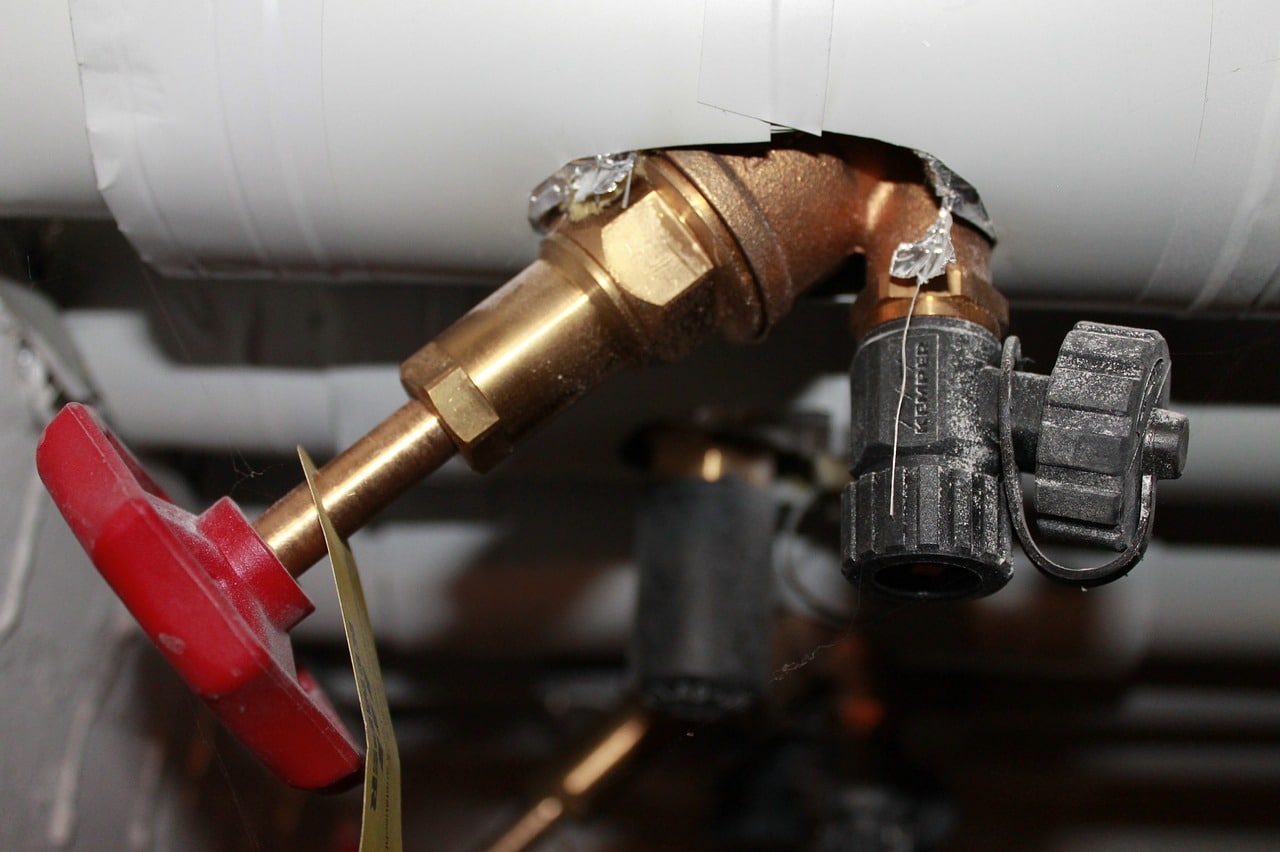
Portable electric heaters are very affordable and practical.
A heater is a device used to heat the air , that is, a heating device . In this case, the term is used as a noun. On the other hand, its meaning as an adjective refers to that which warms , which transfers heat to a body, causing an increase in its temperature.
Operation
Heaters (also called stoves in some regions) work by generating a flow of hot air from a heat source . There are multiple types of heaters according to how they produce heat: they can run on wood , gasoline , coal , gas or electricity , to name a few possibilities.
electric heater
The electric heater uses electrical energy to produce heat energy , and can use the Joule effect or the Peltier effect . It has electrical resistances that heat up when electric current passes through them. This thermal energy is radiated into the environment to heat the surrounding space.
Electric heaters have their origins in the 19th century with the discovery of electrical resistance . With the advancement of technology and the development of more efficient heating devices, these appliances have become popular due to their ease of use and versatility. They are widely used in homes, offices and small spaces due to their convenience and low initial cost.
It is worth mentioning that electric heaters are an ecological option if the electricity used comes from renewable sources. However, if it is generated by fossil fuels, such as coal or natural gas, its environmental impact can be considerable, contributing to greenhouse gas emissions and climate change.
Wood heater
The wood heater works by burning wood . The combustion process causes the wood to reach very high temperatures and radiate heat to the surrounding space through radiation and convection. The smoke generated, in turn, is discarded so that it does not remain in the environment.
Wood heaters have been used since ancient times and have been a traditional source of heating in many regions. Although their popularity has decreased in urban areas due to environmental restrictions and an emphasis on cleaner options, they are still appreciated in rural areas and places where firewood is an affordable and available resource.
They can have a negative environmental impact due to the emissions of fine particles, toxic gases and CO2 released during the combustion of wood. This contributes to air pollution and can affect its quality and people's respiratory health.
gas heater
The gas heater has a main valve and others that are linked to each of its burners . Thus, the amount of gas sent to the burner can be regulated using a knob: the greater the amount of gas, the greater the flame and the more heat released. What the knob allows is to control the level of gas that reaches the burners, which affects the flame and the heat that is released.

Natural gas and propane are the two types most used by heaters.
These appliances use a gas flame (usually natural gas or propane) to generate heat. The gas is burned in a combustion chamber and the resulting heat is distributed to the environment through a ventilation system. Gas heaters have been used for decades and their popularity is due to their efficiency and ability to quickly heat large spaces . They are common in homes, commercial and industrial buildings that have gas infrastructure.
Note that they can have a significant environmental impact due to emissions of carbon dioxide (CO2) and other pollutants released during gas combustion. However, compared to wood heaters, they tend to be cleaner and more efficient.
